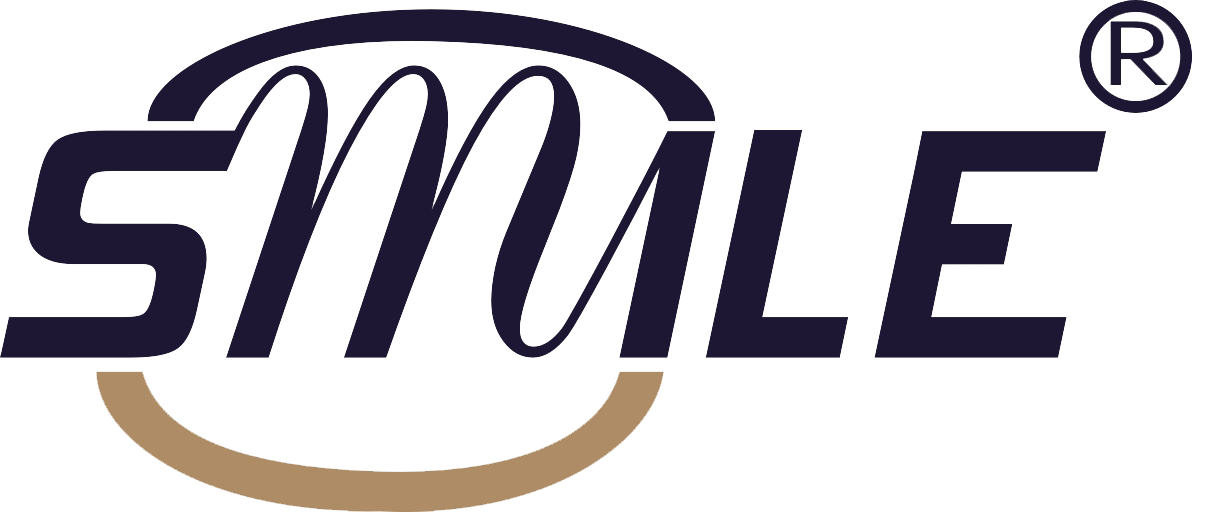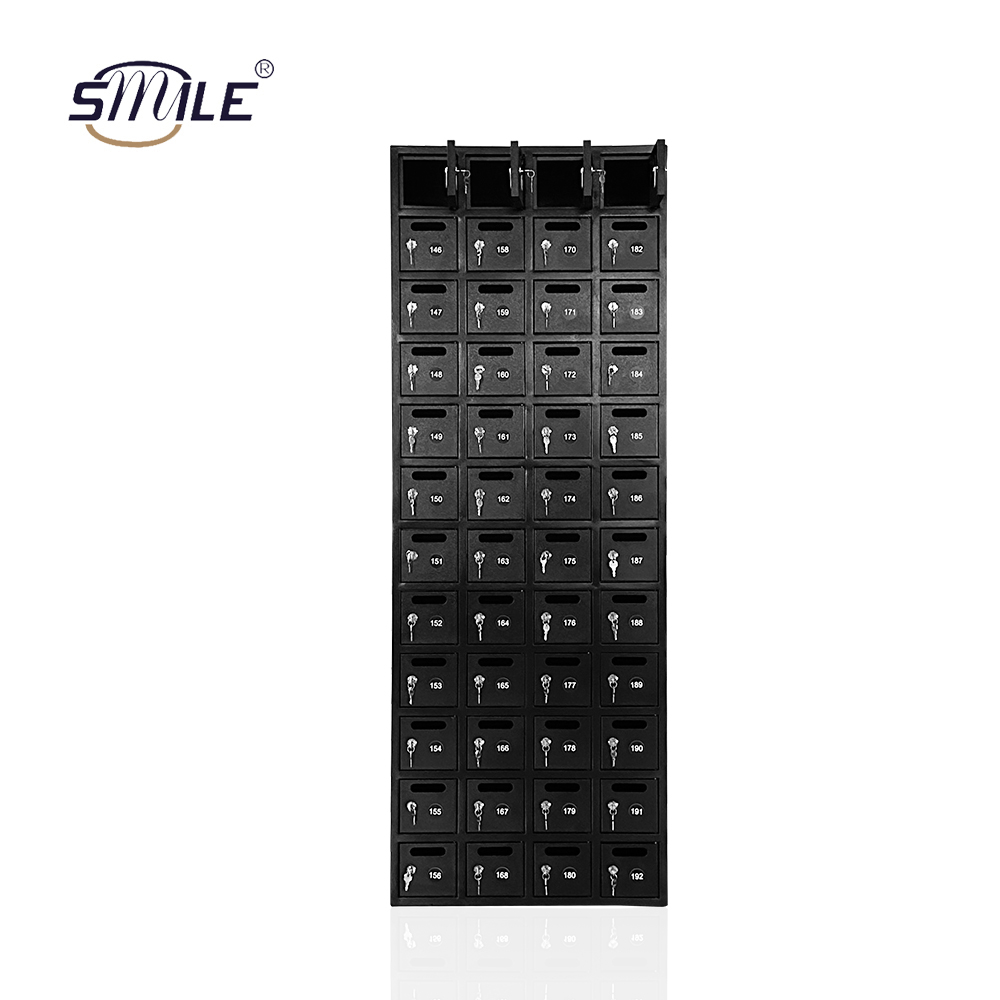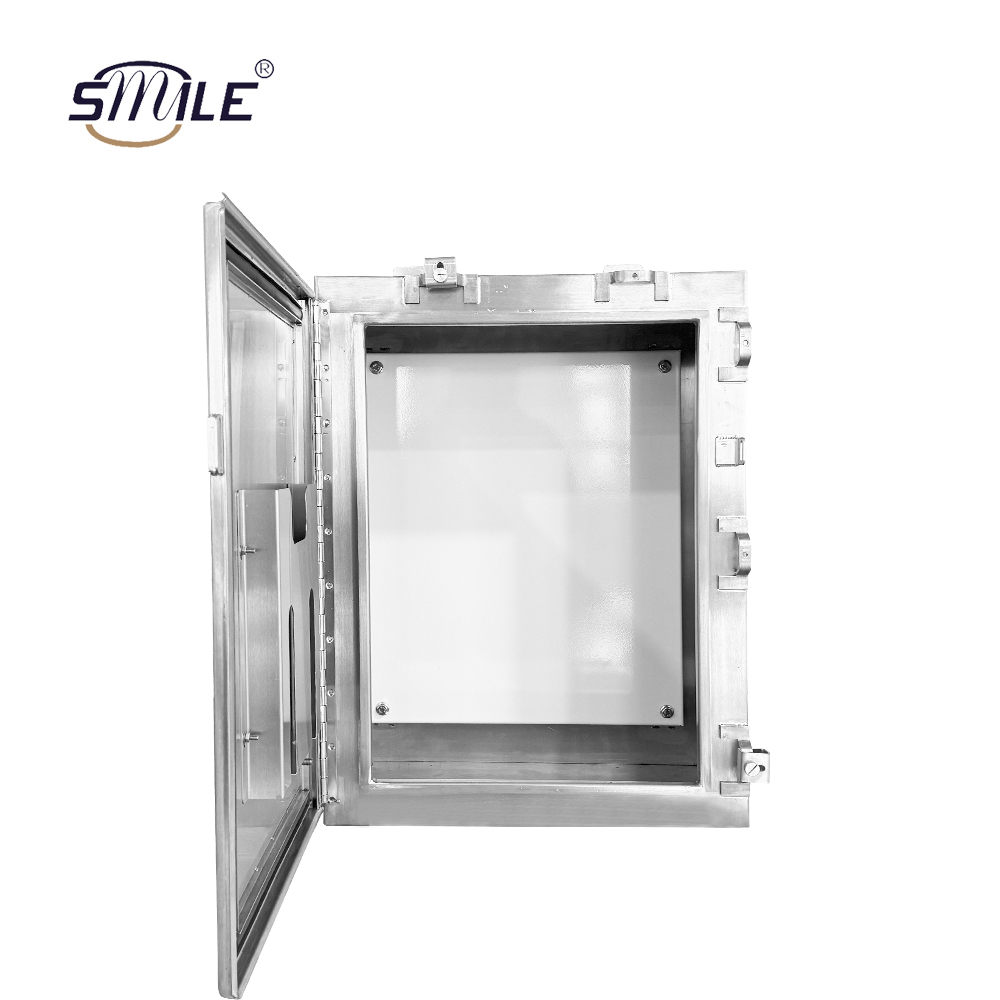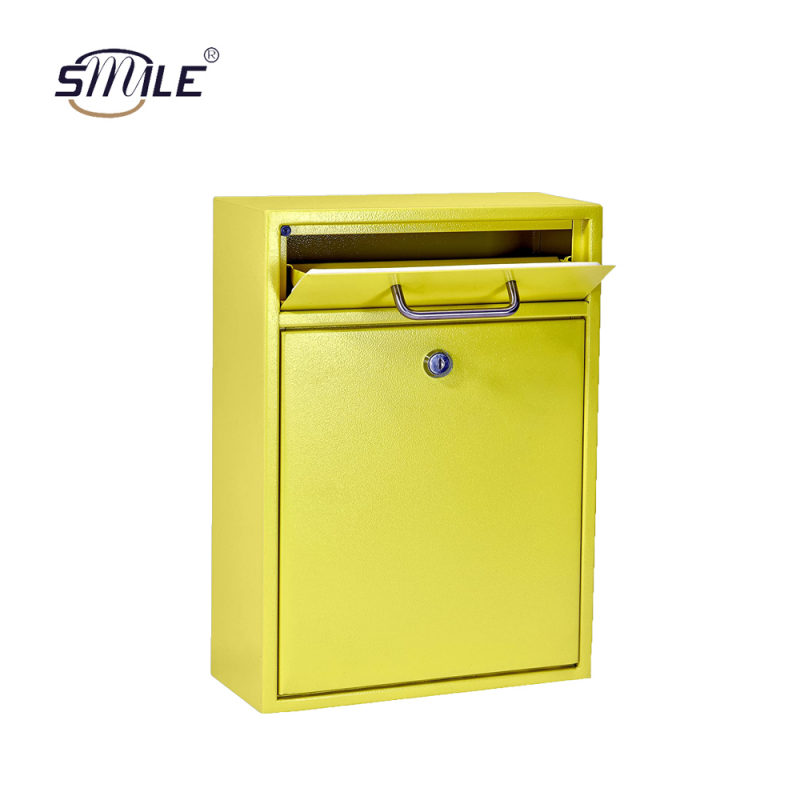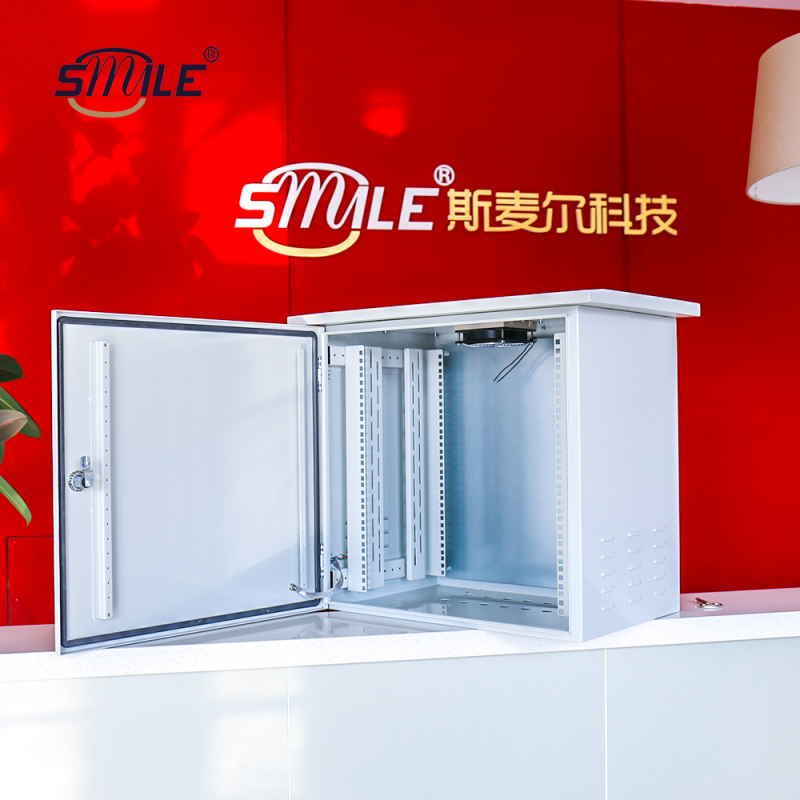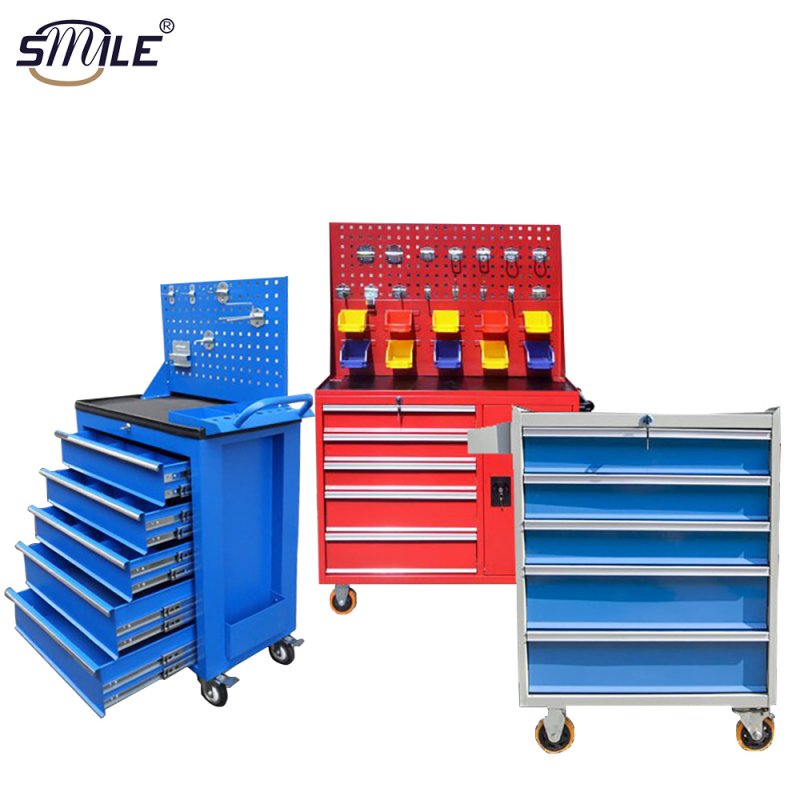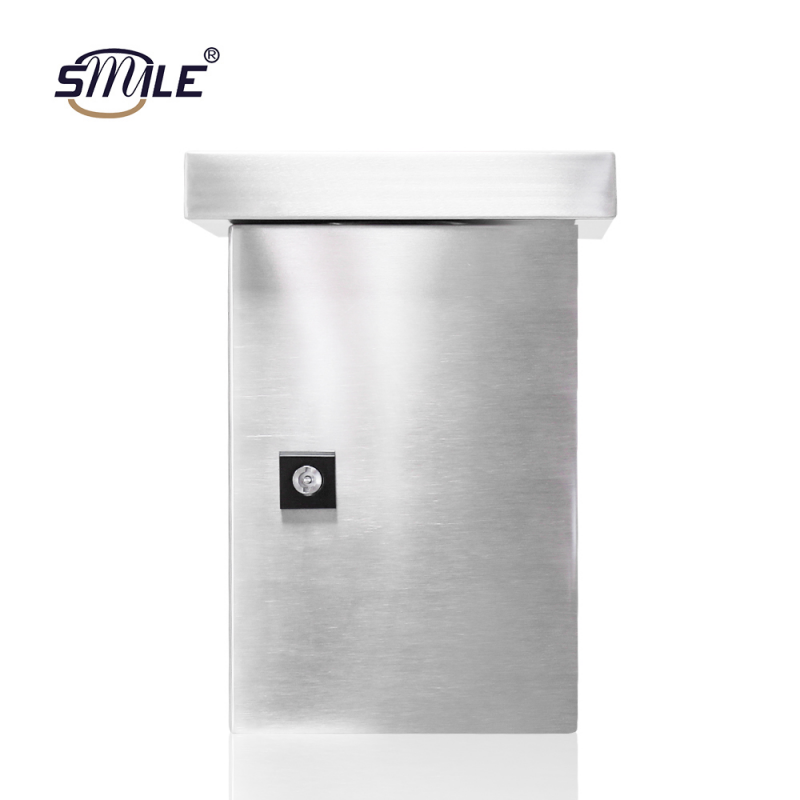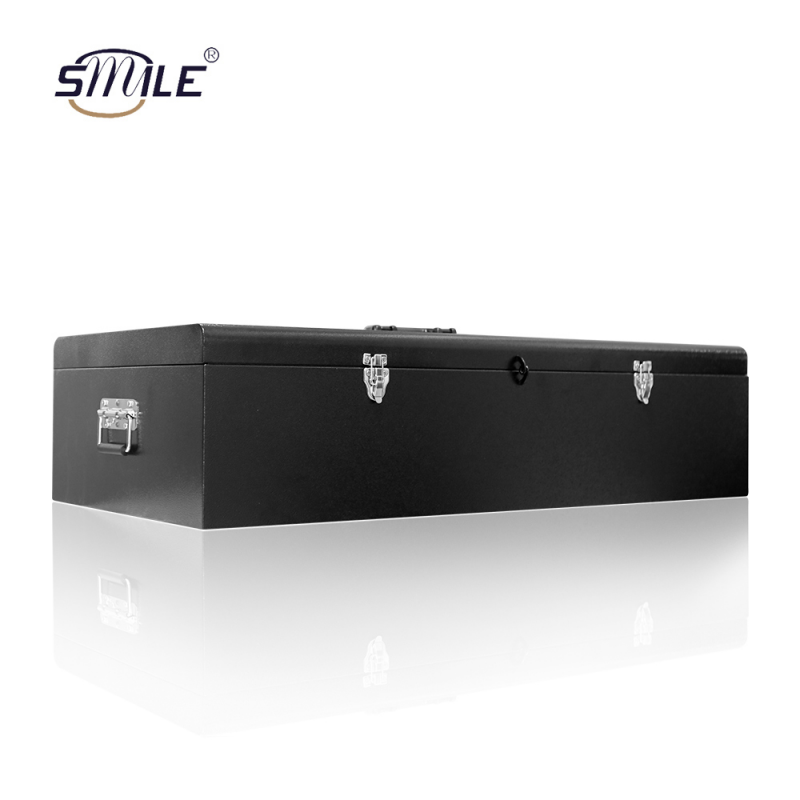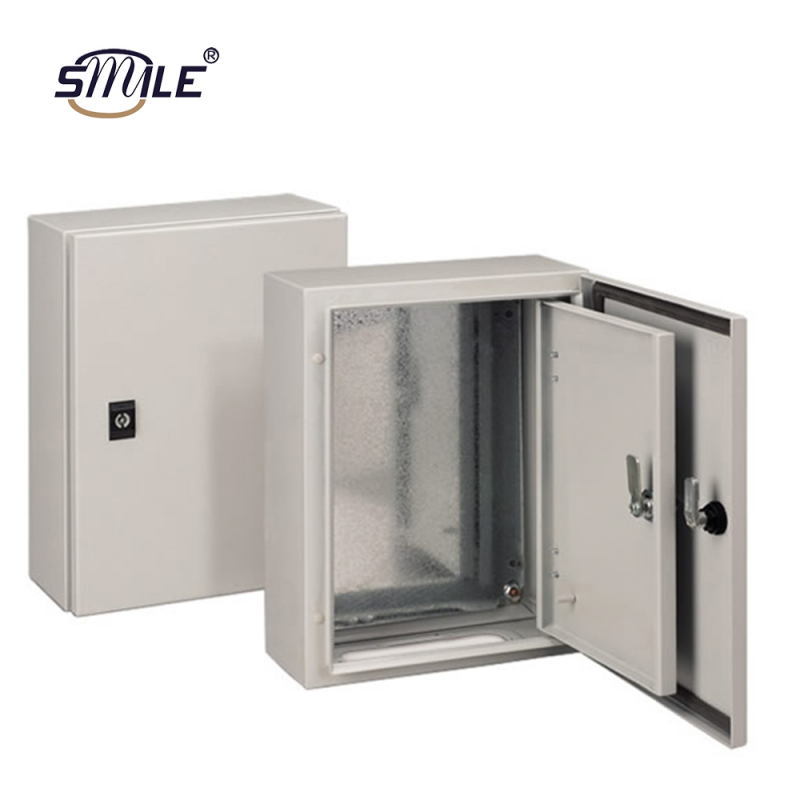Are you confused when it comes to choosing the type of welding service your business needs?
With so many different types of welding, it is important to find the process that best suits your business needs. Otherwise, you may find that the quality of the weld is poor, which can lead to defects in the structure you are fabricating.
Fortunately, CHNSMILE discusses all the different types of welding in our latest blog.CHNSMILE will go over the pros and cons of each welding process so you know which one is best for you and your business project.
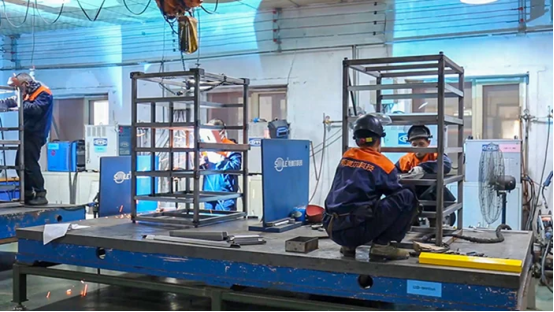
Welding is an important part of the sheet metal fabrication process, which is why it's vital to understand the different types of welding so you know which service you need.
Let CHNMSILE take a closer look at some of the most common types of welding.
Different types of welding
1. Fusion welding
Fusion welding is one of the most common forms of welding, which melts the material by heating and then solidifies to form a continuous weld. The main types include the following:
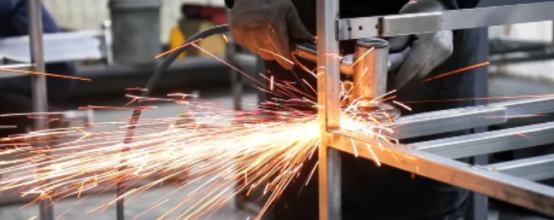
·Arc welding: uses an electric arc as a heat source and is suitable for welding most metallic materials. Among them, MIG/MAG welding is suitable for fast welding, while TIG welding is widely used for welding precision parts due to its high quality weld.
The advantages are wide range of application and relatively low cost; the disadvantage is that the operation technology requirements are higher, and may produce spatter.
·Laser welding: the use of high-energy laser beam as a heat source, with high precision and speed. Suitable for precision parts welding, especially for the heat-affected zone has strict requirements.
Advantage is that the welding speed, heat-affected zone is small; disadvantage is the high cost of equipment.
·Electron beam welding: the use of high-speed electron beam generated by the heat to weld, suitable for deep and wide relatively large welding.
Advantage is that it can achieve deep fusion welding, welding speed; disadvantage is that the requirements of the vacuum environment is higher, the cost is also relatively high.
2. Pressure welding
Pressure welding is the interatomic bonding of two workpieces in the solid state under pressure. Includes:
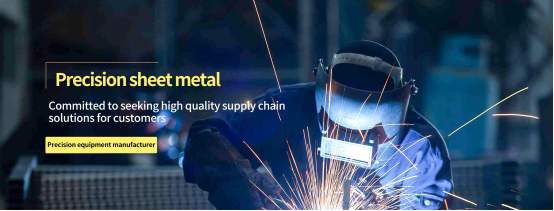
·Resistance welding: welding through the heat generated by the current, commonly used in the automotive manufacturing industry in the body assembly.
The advantage is high productivity and low cost; the disadvantage is that the welding quality is greatly affected by the current control.
Friction welding: welding by rotating a workpiece and another stationary workpiece between the friction generated heat. Suitable for large diameter, long shaft parts welding.
The advantage is that the welding process is clean and pollution-free; the disadvantage is that the cost of equipment is higher.
·Cold Pressure Welding: Without heating, plastic deformation of the metal surface is achieved through pressure to achieve the combination between materials. Applicable to aluminium, copper and other non-ferrous metals welding.
Advantage is no heat treatment, low cost; disadvantage is limited welding strength.
3. Brazing
Brazing is the use of the melting point lower than the base material of the brazing material, through the heating of the brazing material melting, filling the gap between the joints, after cooling to form a solid connection. Divided into hard brazing and soft brazing two kinds:
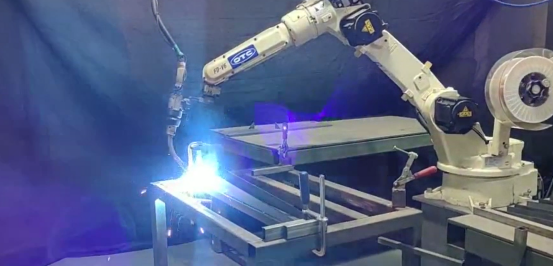
·Hard brazing: the melting point of the brazing material is higher than 450°C, which is suitable for parts that need to withstand higher working temperatures.
Advantage is high welding strength, good corrosion resistance; disadvantage is the difficulty of operation.
·Soft brazing: brazing material melting point lower than 450 ° C, mainly used for electronic components welding.
The advantages are simple operation and low cost; the disadvantage is that the welding strength is relatively low.
Which is the strongest weld?
From a weld strength point of view, electron beam welding and laser welding typically offer high weld strength due to their ability to achieve deep fusion welding with a small heat affected zone. In particular, these methods tend to excel in the welding of materials such as high-strength steels and titanium alloys. However, the specific welding strength will also be affected by the nature of the material, welding parameter settings and other factors, so in the actual application of a variety of conditions need to be considered.
In short, the selection of the appropriate welding method should be based on the specific needs of the workpiece, material properties and cost budget and other factors. Each welding technology has its own unique advantages and limitations, in different application scenarios play an irreplaceable role!
CHNSMILE Sheet metal customisation professional, providing one-stop service
